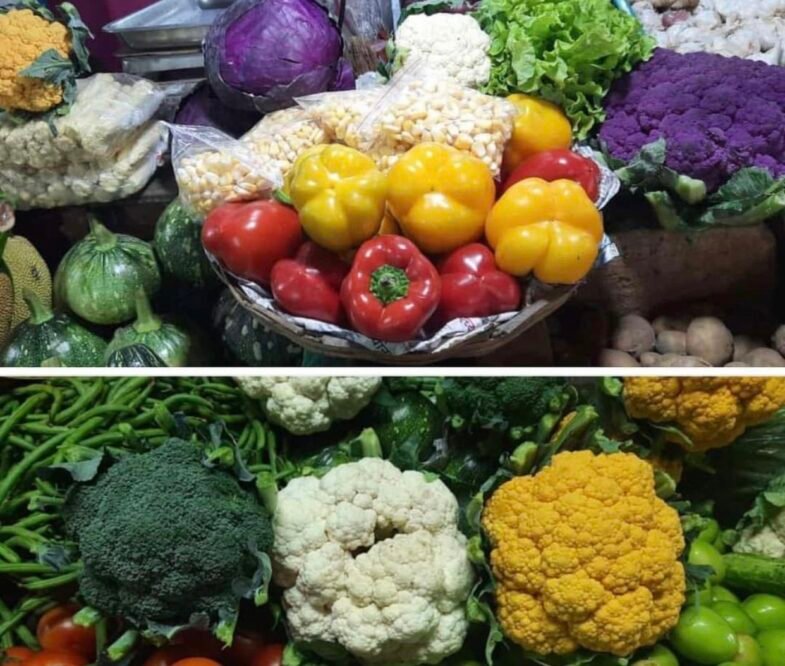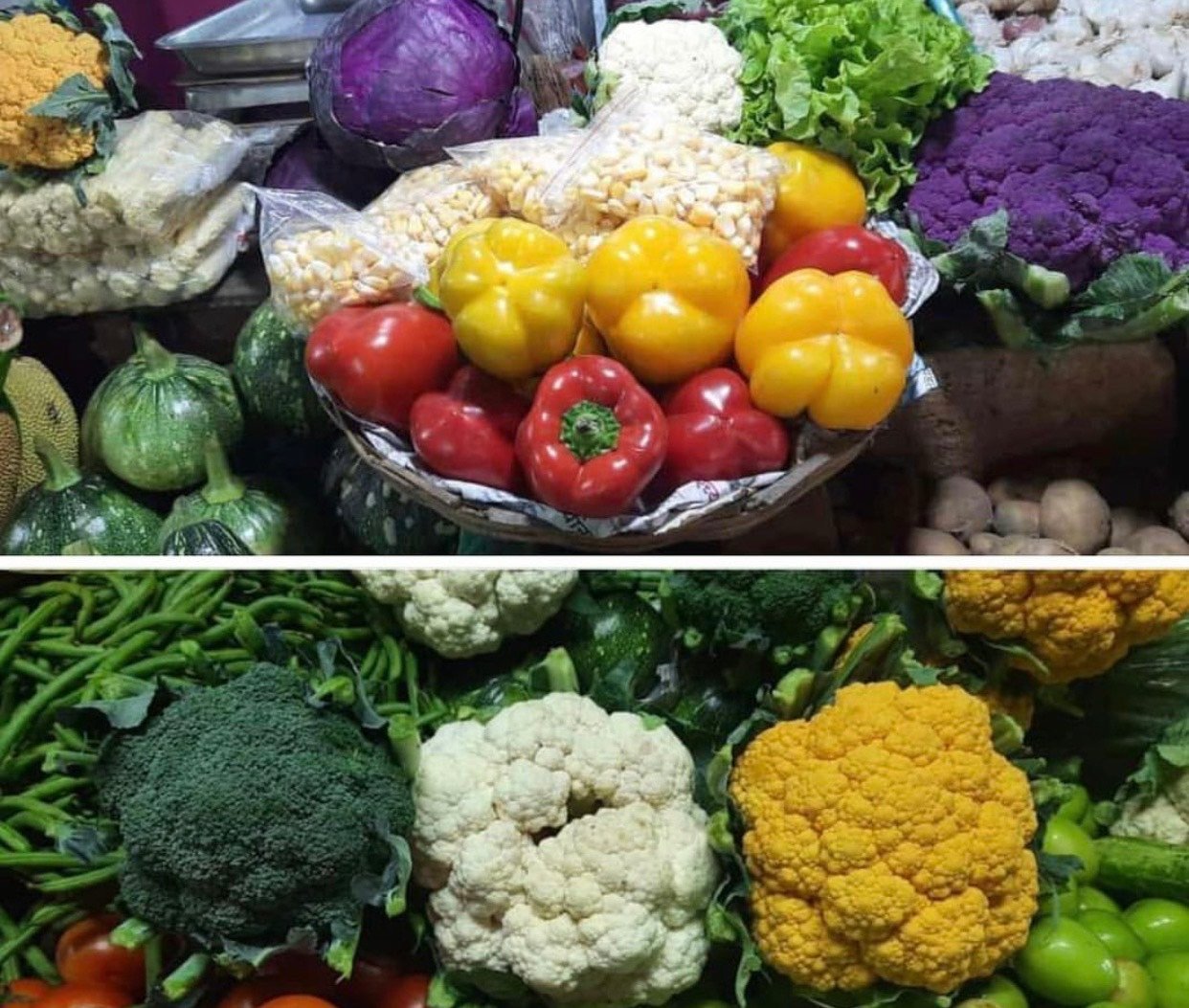Animals or plants with SSC definitely have better chances of achieving higher reproductive success during their lifetime.

If we take time to look around us we would certainly notice the galaxy of beautiful shapes, sizes and colours (SSC) as a conspicuous characteristic of our Natural World. Whether we are looking at different animals or plant species, or even microscopic or sub-microscopic forms of life (that can only be seen under specialized microscopes); we are amazed to see the spectacular diversity of various shapes, sizes and colour (SSC) in the nature.
The wide diversity of various shapes, sizes, and colours (SSC) present among different species of microbes, algae, fungi, bryophytes, pteridophytes, gymnosperms, or angiosperms; or invertebrates (cnidarians, coelenterates, arthropods, molluscs, and echinoderms, to mention only a handful); or vertebrates (such as fishes, amphibians, reptiles, birds, and mammals).
The important question to ask is why ? Why do we need this SSC, or why has nature created diversity in SSC among innumerable species through very long geologic periods of evolution?
One of the important explanations for such reach diversity is certainly reproductive fitness. Animals or plants with SSC definitely have better chances of achieving higher reproductive success during their lifetime.
Big body size, big and uniquely shaped horns, distinct coat colours or plumage, big shape and size, and beautiful and attractive marking patterns, like the stripes on tigers or spots on cheetahs and jaguars or the ornamental mane of the male lions or tusks in the case of elephants and walruses, are excellent examples for reproductive fitness in various populations.
Choosy females like mating with the most spectacular males in the population since they desperately want the quality genes of the males to pass onto their next generation.
This unique SSC in nature’s diversity thus helps in establishing a high quality, genetically diverse, disease resistant population to thrive over time. This gives those target populations a better chance to survive, travel, breed, and multiply to help sustain the species concerned. Is there any other explanation? What about plants, then ?
Well, lunch could not reproduce in the same way as the animals do because they are restricted to a specific place in the ecosystem. However, plants have numerous adaptations that have helped in the sexual, asexual, and vegetative reproduction of various plant species.
But it is interesting to note that 85% of the flowering plant species are angiosperms, which include both monocotyledons and dicotyledonous plants.
These plant species are dependent on various natural or biological pollinators, such as insects, snails, slugs, small birds, reptiles, amphibians, and mammals, to help them in the transfer of the pollen grain from the stigma of one flower to the stigma of another flower.
These plant species are dependent on various natural or biological pollinators, such as insects, snails, slugs, small birds, reptiles, amphibians, and mammals, to help them in the transfer of the pollen grain from the anther of one flower to the stigma of another flower in the same plant or different plants located in the vicinity.
Does the pollinator provide a very significant ecological service that has helped nature sustain and thrive during the process of evolution?
Plant-animal interaction is a unique phenomenon in the natural world. If we look closely, the shape, size, odour, and even colour of several flower species have undergone co evolution with their specific pollinators like small birds, bats, snails, slugs, or insects (such as bees, butterflies, moths, different species of flies and beetles, wasps, and ants) that play a significant role in the cross pollination of a wide diversity of plant species that helps to maintain the dynamics of our natural ecosystems.
Anthropogenic impacts, however, have damaged this unique balance of SSC in nature for the selfish needs and greed of humans. Both recreational hunting and poaching, live capture, and the illegal trade and trafficking of various major and minor forest products, wildlife, and biodiversity have put artificial evolutionary pressure on our ecosystems.
By taking the most majestic males or highly productive females through both legal and/or illegal harvest, we have been weakening the population dynamics of many species without knowing or acknowledging it. Let us illustrate with an example below.
Plum headed and grey-headed parakeets are two extremely beautifully coloured and distinct parakeet species from the Indian subcontinent. The species called the plum headed parakeet is distinctly dimorphic. The male has a brighter plum-coloured head, and the female has a lighter mauve-coloured head.
This is one of the most conspicuous dimorphic species among parakeets found in India, after the rose ringed parakeet, where the male has a dark ring around the base of the head but the female lacks that marking.
The grey-headed parakeet’s colour is much deeper. Often female plum headed parakeets are identified, labelled, or illegally sold to customers as grey headed parakeets, as the plum headed parakeet is more abundant in numbers.
Illegal breeders of indigenous species knowingly or unknowingly keep different parakeet species together in their illegal captive breeding programs. They often produce hybrid species with different colorations that are sold at high prices to customers.
But the approach is absolutely non-ethical and destructive to nature, as these are synthetic species and not natural wild species created in nature that have slowly evolved to their current shape, form, and colour.
Accidental release of such hybrids into the wild could cause gene contamination and genetic bottlenecks by cross breeding with wild species, weakening the vigour, population dynamics, and ecological health of the species.
Breeding of wild birds such as parakeets must be monitored and restricted to avoid genetic contamination of the wild stock of the concerned species. The mesmerising coloration should not be the cause of their illegal capture, breeding, sale, and trafficking. We must take action to protect and conserve these beautiful species.
We still need to understand and decipher the laws that govern our natural world comprehensively. Unfortunately, our little knowledge about the intricate way in which nature operates has been facilitating the destruction of our nature and natural ecosystems.
The spectacular show of flowers, particularly for attracting them. Corresponding pollinators are an outstanding example of how nature operates. But by removing the plant host or their respective pollinators, or vice versa, we are possibly pushing the species towards extinction, even before we had enough time to discuss and describe the species properly.
Hence, the diversity of SSC in nature is a parameter that has helped living organisms successfully undergo evolutionary changes over time, enhance reproductive fitness, maintain the genetic quality of the population, and struggle for existence by equipping them with proper tools to help them develop their own future and destiny.
